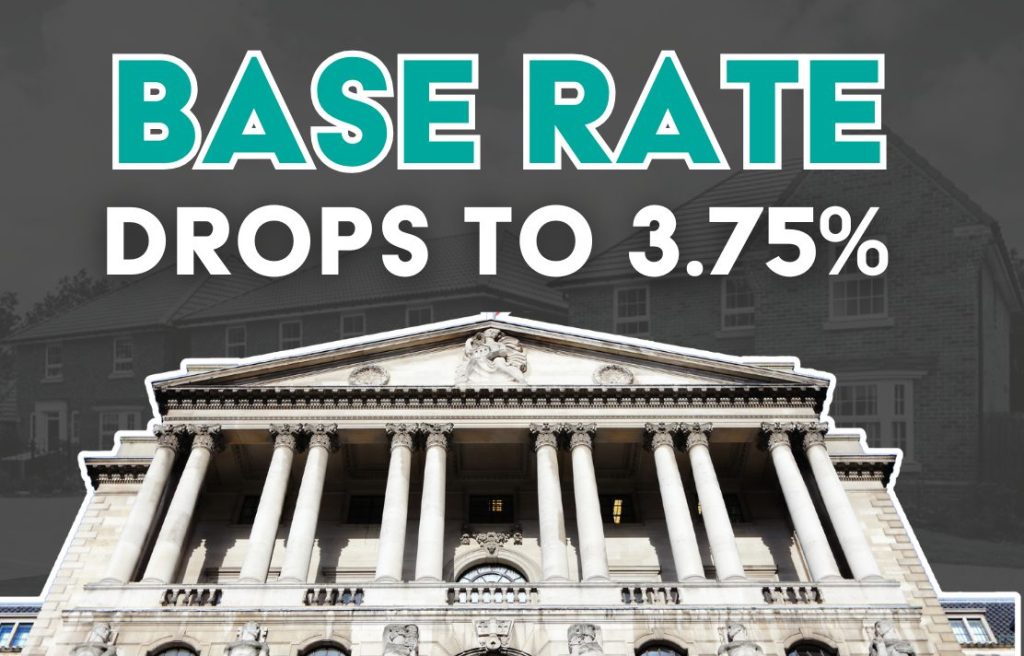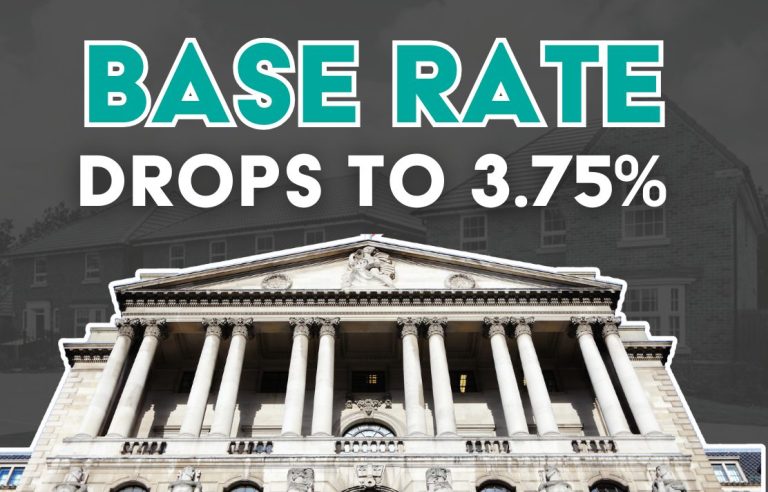Are you prepared to apply for a mortgage? UKMC provides assistance in understanding your mortgage affordability by offering guidance on how to calculate your borrowing limit.
When it comes to borrowing for a mortgage, understanding your affordability is crucial. Knowing your borrowing ceiling, or how much you can reasonably borrow, helps you make informed decisions and navigate the home-buying process effectively. In this blog post, we will break down the calculations involved and provide you with a practical example to illustrate the concept. So let’s dive in!
Calculating Affordability: Gross Annual Income
Lenders primarily determine your affordability based on two key factors. The first is your gross annual income, which refers to your total income before any deductions such as taxes, national insurance, and pension contributions. For employees, this information is usually available on their payslips, specifically under the “Salary” section. Self-employed individuals can refer to their HMRC Tax Calculation & Overview, where the total gross earnings are displayed.
If you receive additional income each month, such as bonuses or overtime, lenders may also take these into account. To estimate the average additional income, sum up the overtime amounts from your three most recent payslips and multiply the total by four. However, bear in mind that different lenders may have varying criteria, so it’s important to double-check their specific requirements.
Calculating Affordability: Outgoings and Committed Expenditure
The second factor lenders consider when calculating affordability is your outgoings, particularly your committed expenditure. These are the recurring payments you are contractually obligated to make each month. Examples of committed expenditure include loans, overdraft fees, car payments, credit card payments, nursery fees (if applicable), and various “buy now, pay later” options like PayPal credit, Klarna, or Monzo Flexxx.
To provide a comprehensive assessment, lenders often refer to official statistical data from the Office for National Statistic. This data incorporates average costs for gas and electricity, council tax, water bills, and leasehold/service charges for leasehold properties.
Determining Your Borrowing Ceiling
To calculate your affordability, lenders frequently use income multiples as a rule of thumb. This approach involves assessing your mortgage-to-earnings ratio to gauge what you can afford. Let’s consider an example:
Suppose you and your partner are applying jointly. You earn £25,000 per year, while your partner earns £35,000, resulting in a joint annual income of £60,000. Assuming minimal credit commitments and that you currently live at home, multiplying £60,000 by 4.5 gives us a rough borrowing ceiling of £270,000. Your deposit amount would then be added on top of this figure.
For instance, if you intend to purchase a property worth £300,000 with a 10% deposit, your mortgage would fall within the range of £270,000. However, it’s essential to consider any existing credit commitments, as these will impact the maximum mortgage loan you can potentially secure. For instance, a car loan of £400 per month would reduce your affordability by £21,600 (£400 * 12 * 4.5).
Disclose Credit Commitments and Factors Influencing Affordability
It cannot be stressed enough how crucial it is to disclose all credit commitments to your lender or mortgage broker. Failing to do so could jeopardize your mortgage application. Open communication ensures that lenders accurately assess your financial situation and provide you with suitable options.
In summary, a quick guide to estimate your borrowing ceiling is to multiply your gross salary by 4.5. However, it’s important to note that different lenders may have varying lending criteria, which can result in higher or lower income multiples. Other factors that impact affordability include the mortgage term (a longer term may allow for a slightly higher loan amount), the length of the fixed-rate product (a longer fixed term may increase affordability), and the loan-to-value ratio (a larger deposit reduces the lender’s risk and can enhance affordability).
Understanding your affordability is fundamental when it comes to borrowing for a mortgage. By considering your gross annual income, committed expenditures, and credit commitments, you can estimate your borrowing ceiling and make informed decisions during the home-buying process. Remember to communicate openly with your lender or mortgage broker and consider additional factors that may influence affordability. Armed with this knowledge, you’ll be better equipped to navigate the complexities of securing a mortgage that aligns with your financial situation and goals.
Contact us today and secure your agreement in principle – www.ukmc.co.uk/contact
Download our first time buyer guide – www.ukmc.co.uk/first-time-buyer
Disclaimer
UK Mortgage Centre Limited is an Appointed Representative of Refresh Mortgage Network Limited. Refresh Mortgage Network Limited is authorised and regulated by the Financial Conduct Authority. We are entered on the Financial Services Register under firm number 1019794.
As a mortgage is secured against your home, it could be repossessed if you do not keep up the mortgage repayments. The Financial Conduct Authority does not regulate some forms of buy-to-let mortgages.
The Financial Conduct Authority does not regulate will writing and taxation and trust advice.
You may be charged a fee for your advice. A typical fee is £495, which would be payable when you receive your mortgage offer. Your dedicated advisor will discuss this further on your free initial phone call.
Registered company number: 15825320







